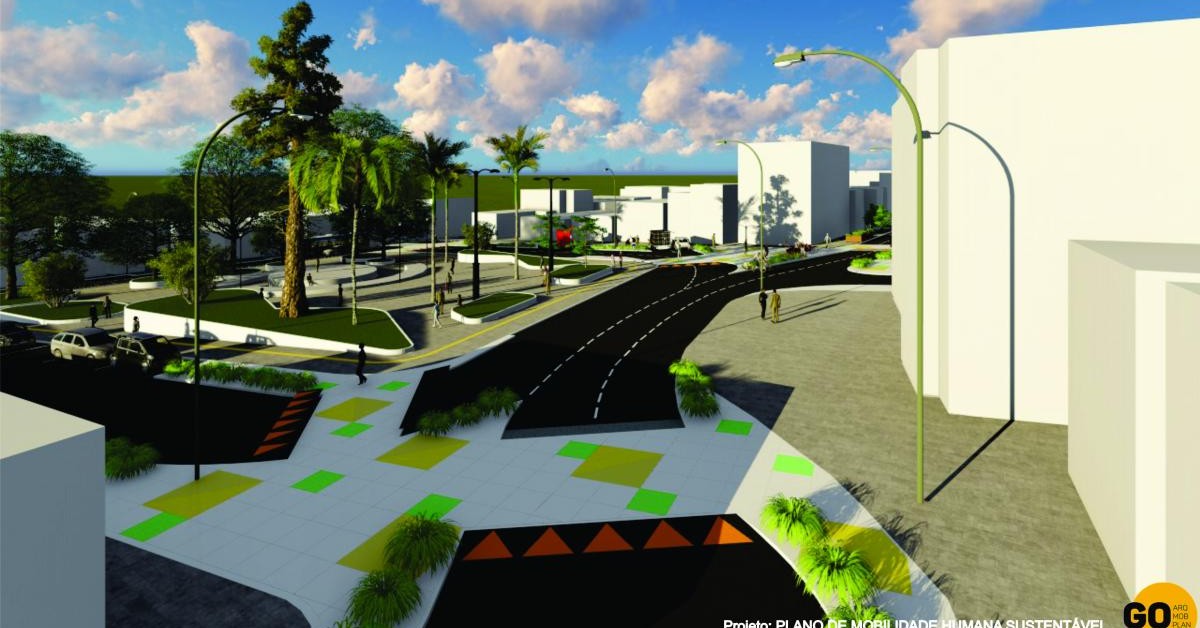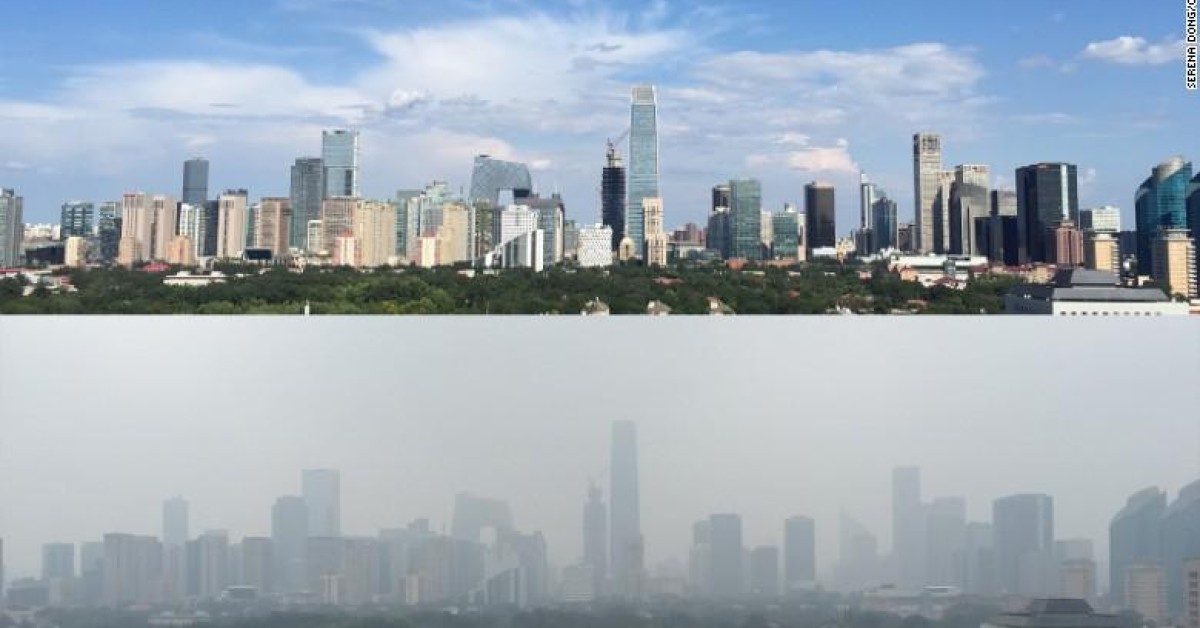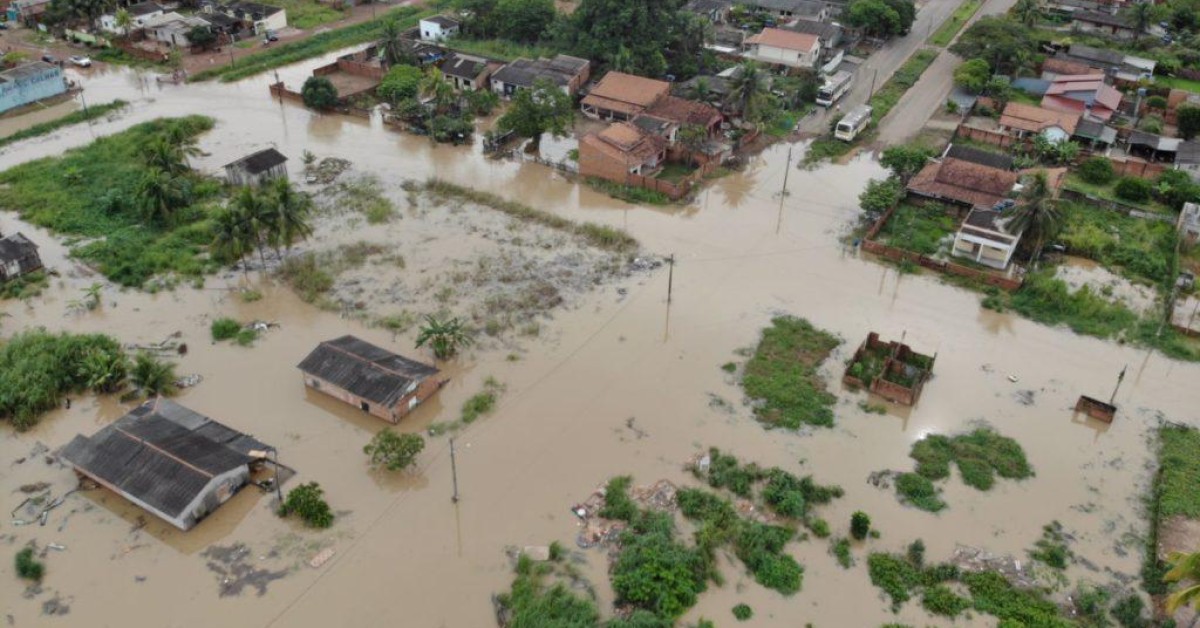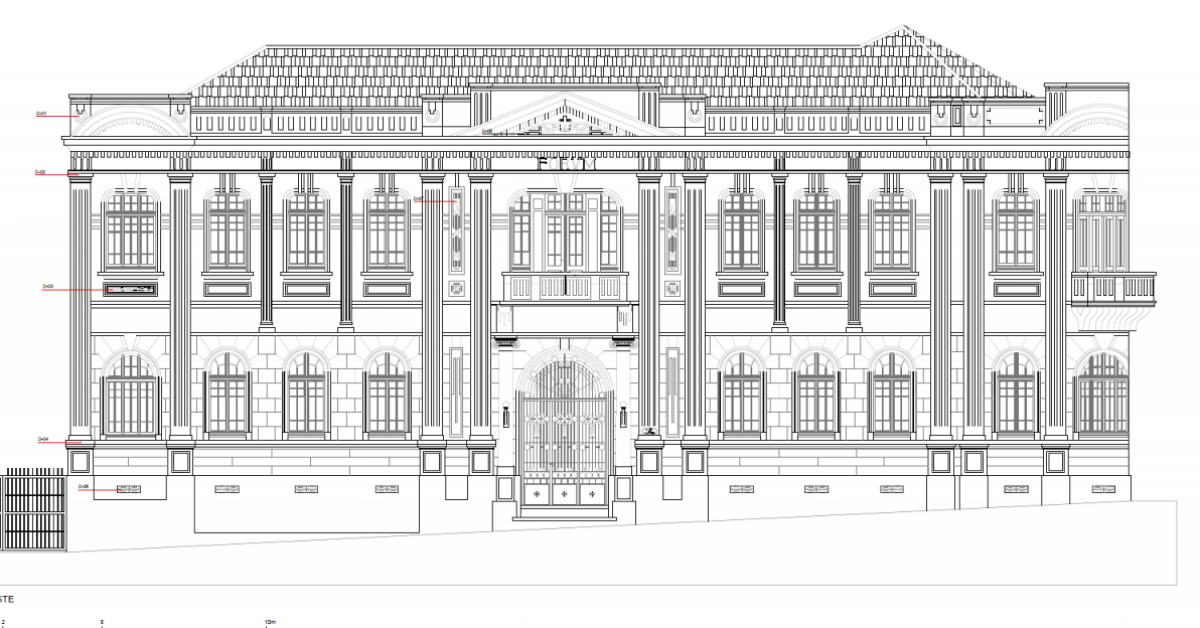
It is through it that we exercise democracy of public spaces and respect collective coexistence.
Vinicius Ribeiro Blog 1346 views 5 min. de leitura“Human” urban mobility is the most modern public policy to educate citizens. It is through it that we exercise democracy of public spaces and respect collective coexistence. Mobility can also be seen as an instrument or a social phenomenon. Public spaces are not always used collectively. In fact, the use of them individually made the vision of the city radically changed, especially in the use of the streets.
Due to the accelerated use of streets by cars since the 1920s, the way mobility has been recognized has changed. This movement transformed cities, people's behavior and relationships, and their feelings of belonging regarding public spaces. Historian Peter Norton interpreted this phenomenon with propriety “(…) sudden large scale introduction of car traffic to American cities resulted in high pressure on society to make new sense of what was happening on their streets where high-speed circulation suddenly competed for (…) Norton (2011 apud Te Brommelstroet 2020). Freedom of use in public space has taken on a new meaning.
At the same time, freedom of movement inside cars was prioritized, the freedom of children to play on the street came to be seen as “badly behaved” being banned from playing in these spaces. The public environment is no longer eminently democratic. The consequence of these choices ended up prioritizing streets for cars, aiming to meet individual motorized demands. Public spaces were never enough to meet the sum of these individual demands. A vicious cycle of unlimited demand was created, generating unlimited supply and vice versa. Always resolving for the consequence and not for the cause, congested streets, polluted air and caused people to lose health and qualified travel time (disutility). We are the result of our own choices. [...] Like any true commons, the street itself was the result of people living there and making that space liveable… streets are no more for people. Nikolaeva et al., (2018)
Currently, the vision of mobility is changing. Specialists are no longer the only ones to be invited to collaborate with the use of a street. Transport engineering thinking cannot be predominant “how traffic laws and design standards shape the geography of everyday streets […] is too important to be left to lawyers and traffic engineers alone” Prytherch (2018 apud Te Brommelstroet 2020); in the same way as its superficial economic analysis of transport, because these models end up explaining and calculating trips of origin and destination without understanding them as a social phenomenon Peters (2006 apud Te Brommelstroet 2020), or as a sense of utility Morgan (2006, Ibid.).
Reflection on this reality is proposed in studies on motility, immotility, and localism. The notion of mobility as personal capital can collaborate with the development of more resilient and sustainable models (Ferreira et. Al., 2017). The same authors deepen the research relating these concepts in the field of instrumentalism and relate reasons that people have of “love and hate” with planners due to the instrumentalized way that they think about mobility and cities. They suggest changing this logic by the “connection and interaction” approach, “[...] each place could carry a different message” [...] and that our role is to listen to it ”and it goes to the root when advising [...] and the breaking the paradigm of the three ethical imperatives: reaching, accumulating and controlling. Ferreira (2021, Video file of Mobility Beyond Instrumentalism & The Roost of dominant Mobility Imaginaries). Other researchers challenge this theme and provoke new perspectives by suggesting a transition from the study of commoning mobility.
Commoning mobility is evaluated in the composition of three fundamental essential elements: movement, meaning, and practice (Nikolaeva et al., 2018 p. 354). The first one involves community engagement; the second one implicates the reconfiguration of social value, and the third one the way mobility is exercised and governed. After the author motivates to rethink the importance of the pressure that social actors put on mobility through the example of bikes of mobilizing mobility (Ibid.,). And this research concludes with the conviction that commoning mobility drives the community towards a vision of sustainable living and guides mobility policies out of the logic of superficial and mathematical thoughts. To reconsider these values is to offer new opportunities to experience life and its relationship in the cities. It is always good to remember that it is not buses, cars, bicycles that move, but people through buses, cars, bicycles, and so on. They are different and complementary focuses.
I realize that these concepts and reflections are in line with community resilience. If the community is not prepared, the matter will not progress. I explain by quoting (Mancini & Bowen, 2009), in which he states: “Community resilience is the ability of communities to cope and adapt in the context of challenges and adversities, in order to promote the successful achievement of their desired results”. Community resilience happens through social organization and community synergy. This “new” social organization must be involved, to feel safe and adapted. The same authors above reflect on the contexts which must be considered for the community to understand the changes. The current pandemic is a context. Here a highlight’s contribution of Mihaly Csikszentmihalyi through Flow Theory. The researcher evaluates feelings that people have like ecstasy, boredom, anxiety, and apathy in relation to their challenges and skills. He suggests the seek of happiness maintaining inside of flow channel. Maybe the equilibrium of challenge and skills can make community synergy.
Community synergy is characterized by high collective competence and high shared responsibility. Given these two characteristics, we would be likely to demonstrate a greater community capacity to accept and actually change. The assumption is to change the status quo of people and the community. The leverage point is through informal networks (family, friends, neighbors, and co-workers), and formal (organization, schools, hospitals, companies). The more we insert informal ones into formal ones, the more reciprocal the social relationships will be, and the more effective the challenged actions will be. Community synergy requires tuning in with local government leaders. Strong leadership with disengaged communities produces conflict. Weak leadership and an engaged community create tragedy. Strong leadership and community produce results and values capable of promoting the necessary changes with purpose and good connection.
The challenge of synergy between new mobilities, their sociological aspects, and their relationship with environments and territories is also investigated by (Te Brommelstroet et al., 2017). Our senses are directly related to our experiments (experience). A clear example is when we are tourists. The best way to get to know the city is by walking. We did this because we want to feel the city, to know more about it. There is a mixture of curiosity and experiment. Both can contribute a lot to the tourist's identification with the space. This approach also has a connection with intimate personal relationships.
We like or love our partners - husband, wife, spouse, etc. - because we know them. Nobody loves what they don't know. In the field of mobility and territory, it is the same. Our technical and political challenge is the same: getting people to know and create meaning to enjoy the modes of mobility that are offered or chosen.
Finally, it must be left open: how is it possible when people create these meanings with the new mobility or with the public spaces that absorb this “new form of mobility”? Will it be possible to produce different landscapes along the paths? Landscapes that awaken meaning, sensory feeling? Are the social relationships between the mobility experiences of transport modes in developed countries the same as in underdeveloped countries? Is there convergence in some aspects or not?




